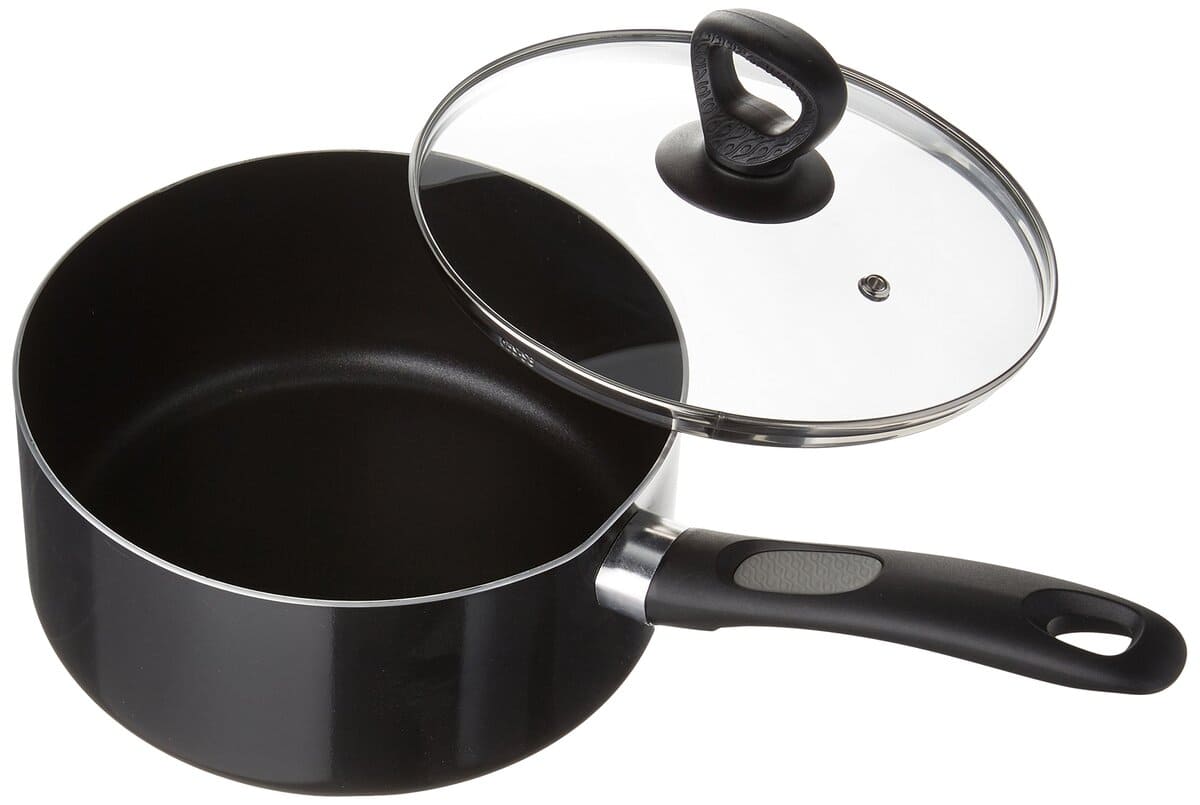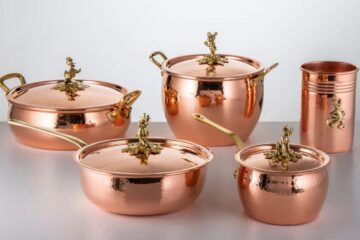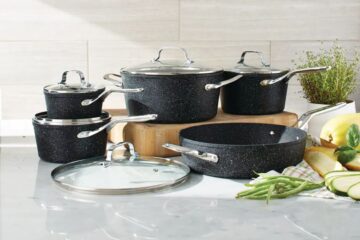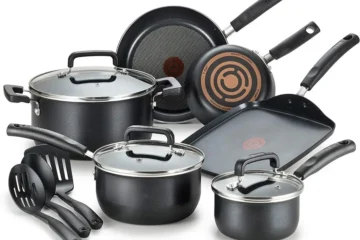Mirro Cookware has been a trusted brand for over a century. Its products are known for their durability and ease of use. However, many people wonder if Mirro Cookware is safe to use. In this article, we will explore the safety of Mirro Cookware and provide you with the information you need to make an informed decision about whether or not to use this brand.
Mirro Cookware is made with aluminum, which is PFOA-free. This means that it is safe to use and does not contain any harmful chemicals. Additionally, Mirro Cookware is known for its quality and affordability. It is a popular choice for home cooks and professional chefs alike. However, there are some things to keep in mind when using Mirro Cookware to ensure that it remains safe to use.
What is Mirro Cookware?
Mirro Cookware is a well-known brand of stainless steel and aluminum-made cookware. It has been a trusted brand for over 100 years, and it continues to produce quality products that are not only durable but easy to use.
Mirro Cookware is available in a wide range of products, including pots, pans, baking sheets, and more. It is suitable for use on any stovetop, including gas, electric, and induction cooktops.
One of the unique features of Mirro Cookware is that it is made with aluminum, which is PFOA-free, making it a safe option for cooking. It is also dishwasher safe, making it easy to clean and maintain.
Mirro Cookware is a popular choice among both professional and home chefs due to its quality, durability, and ease of use. It is known for its ability to distribute heat evenly, ensuring that food is cooked to perfection every time.
Safety Concerns with Cookware
When it comes to cookware, safety is a top concern for many people. While cookware is designed to make cooking easier and more enjoyable, it can also pose some potential health risks. Here are some of the safety concerns that people have with cookware:
Chemical Leaching
One of the biggest concerns with cookware is the potential for chemical leaching. This can happen when the cookware is made with materials that can release harmful chemicals into the food. For example, some non-stick coatings can release perfluorooctanoic acid (PFOA) and other toxic chemicals when heated to high temperatures. Additionally, some cookware made with aluminum or copper can also leach these metals into the food, which can be harmful in large amounts.
Non-Stick Coatings
Non-stick coatings are popular because they make cooking and cleaning easier. However, they can also pose some health risks. As mentioned earlier, some non-stick coatings can release harmful chemicals when heated to high temperatures. Additionally, if the non-stick coating becomes scratched or damaged, it can release these chemicals into the food. This is why it’s important to use non-stick cookware carefully and replace it if it becomes damaged.
Heavy Metals
Another potential safety concern with cookware is the presence of heavy metals. Some metals, such as lead and cadmium, can be harmful in large amounts. While most cookware is made with materials that are safe, it’s important to be aware of the potential risks. For example, some ceramic cookware may contain lead, so it’s important to choose brands that are certified as lead-free.
| Material | Pros | Cons |
| Stainless Steel | Durable, easy to clean, doesn’t react with acidic foods | Can be heavy, may not distribute heat evenly |
| Cast Iron | Good heat retention, adds iron to food | Can be heavy, requires seasoning and careful cleaning |
| Aluminum | Lightweight, good heat conductor | Can react with acidic foods, may leach into food |
| Copper | Excellent heat conductor, heats up quickly | Expensive, requires polishing to maintain appearance, can react with acidic foods |
| Ceramic | Non-reactive, easy to clean | Can be fragile, may contain lead |
| Non-Stick | Easy to clean, food doesn’t stick | Can release harmful chemicals when heated, can scratch and release chemicals into food |
Is Mirro Cookware Safe?
When it comes to choosing cookware, safety is a top priority. Mirro Cookware is a popular brand that has been around for over 100 years. So, is Mirro Cookware safe to use? Let’s take a closer look.
Material Composition
Mirro Cookware is made of aluminum, which is a popular material for cookware due to its excellent heat conductivity and light weight. The aluminum used in Mirro Cookware is PFOA-free, which means it does not contain perfluorooctanoic acid, a chemical that has been linked to health concerns.
Manufacturing Standards
Mirro Cookware is manufactured in compliance with the safety standards set by the United States Consumer Product Safety Commission (CPSC). The CPSC is a federal agency that regulates the safety of consumer products in the United States. Mirro Cookware also follows industry standards for manufacturing, ensuring that their products are safe for use.
Third-Party Testing
Mirro Cookware undergoes third-party testing to ensure that their products meet safety standards. Third-party testing is conducted by independent organizations that are not affiliated with the manufacturer. This helps to ensure that the testing is unbiased and accurate.
Alternative Cookware Options
When it comes to choosing cookware, there are a variety of options available that are considered safe and healthy. Here are a few alternatives to consider:
Stainless Steel
Stainless steel is a popular choice for cookware due to its durability, non-reactive properties, and ease of cleaning. It is a great option for those who want a long-lasting and versatile cookware set. Stainless steel cookware is also dishwasher safe and can be used on all types of stovetops, including induction.
One downside to stainless steel is that it is not non-stick, so food may stick to the surface if not properly greased or oiled. Additionally, stainless steel cookware can be more expensive than other options.
Cast Iron
Cast iron cookware is another popular choice for those looking for a safe and healthy option. Cast iron is durable, retains heat well, and can be used on all types of stovetops, including induction. It is also naturally non-stick when properly seasoned.
One downside to cast iron is that it can be heavy and may require more maintenance than other options. Cast iron also requires seasoning to prevent rusting and to maintain its non-stick properties.
Ceramic
Ceramic cookware is a newer option on the market that is gaining popularity due to its non-reactive properties and non-stick surface. Ceramic is also dishwasher safe and can be used on all types of stovetops, including induction.
One downside to ceramic cookware is that it can be more fragile than other options and may crack or chip if dropped. Additionally, some ceramic cookware may contain lead or cadmium, so it is important to choose brands that are certified lead and cadmium-free.
Conclusion
After researching and examining the information available, it is clear that Mirro cookware is safe to use. The brand has been around for over 100 years and has been dubbed the “king of aluminum” due to its high-quality products that are both durable and easy to use.
One of the main concerns when it comes to cookware safety is the presence of PFOA, a chemical that has been linked to health risks. Fortunately, Mirro cookware is made with PFOA-free aluminum, making it a safe option for cooking.
It is important to note, however, that Mirro cookware should not be exposed to high heat above 400°F, as this can damage the aluminum. Additionally, while aluminum is a great conductor of heat, it is not compatible with induction cooktops without an additional magnetic layer.
Overall, Mirro cookware is a safe and reliable option for those in need of high-quality aluminum cookware. By following the manufacturer’s instructions and taking proper care of the cookware, users can enjoy safe and healthy cooking for years to come.




